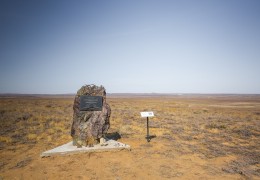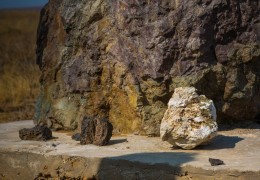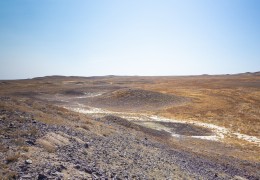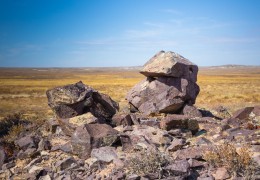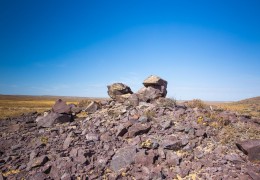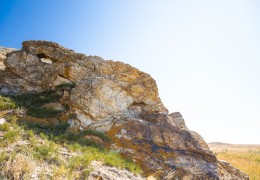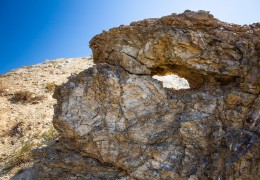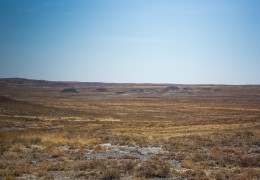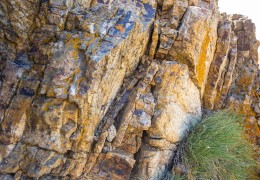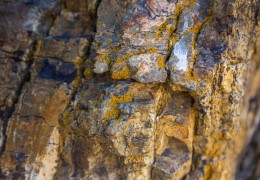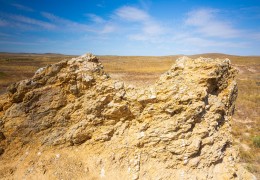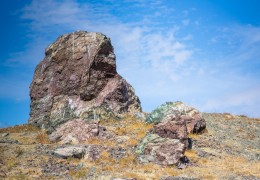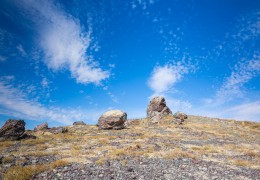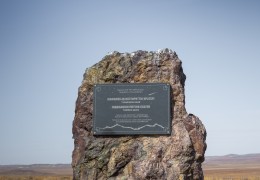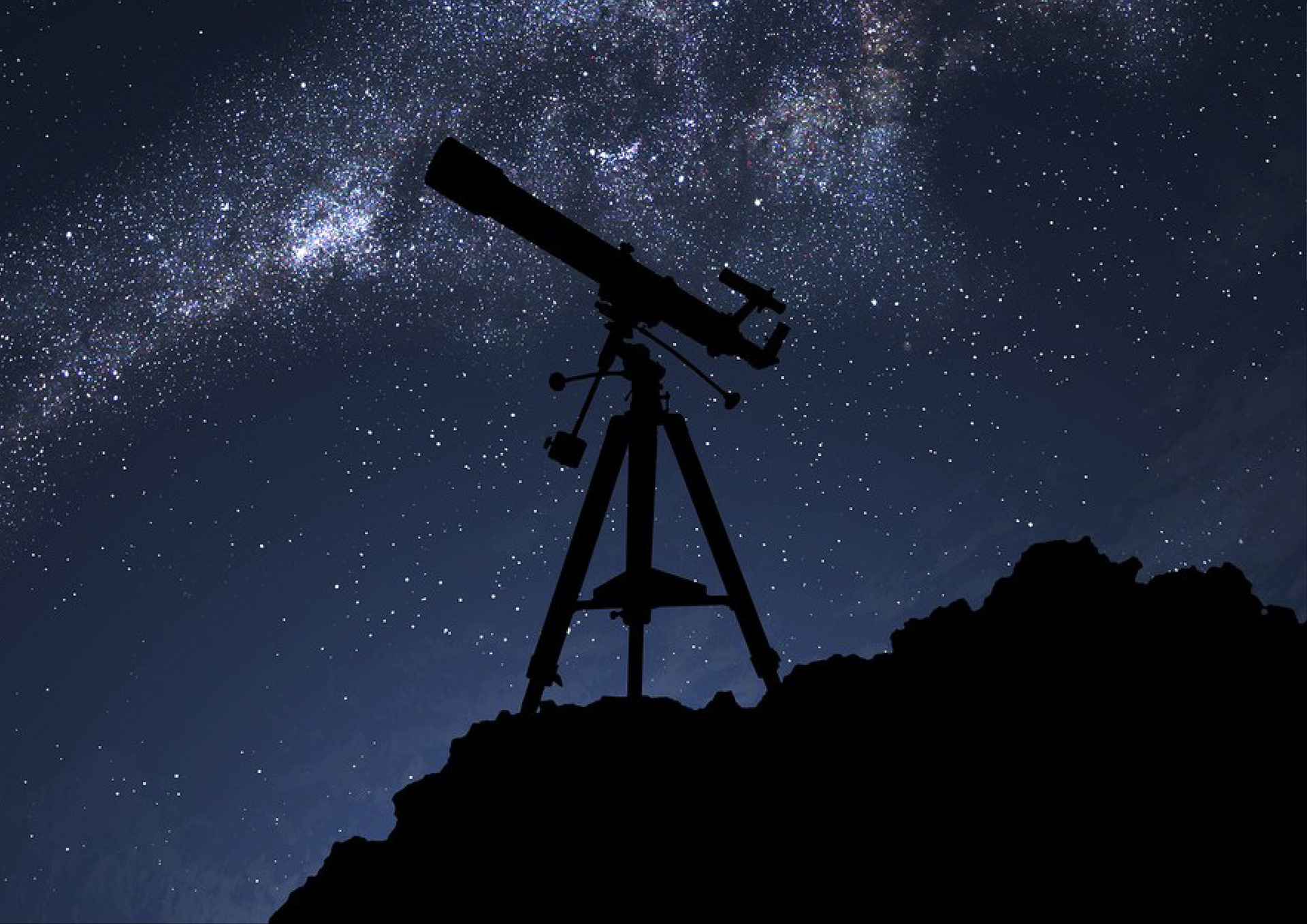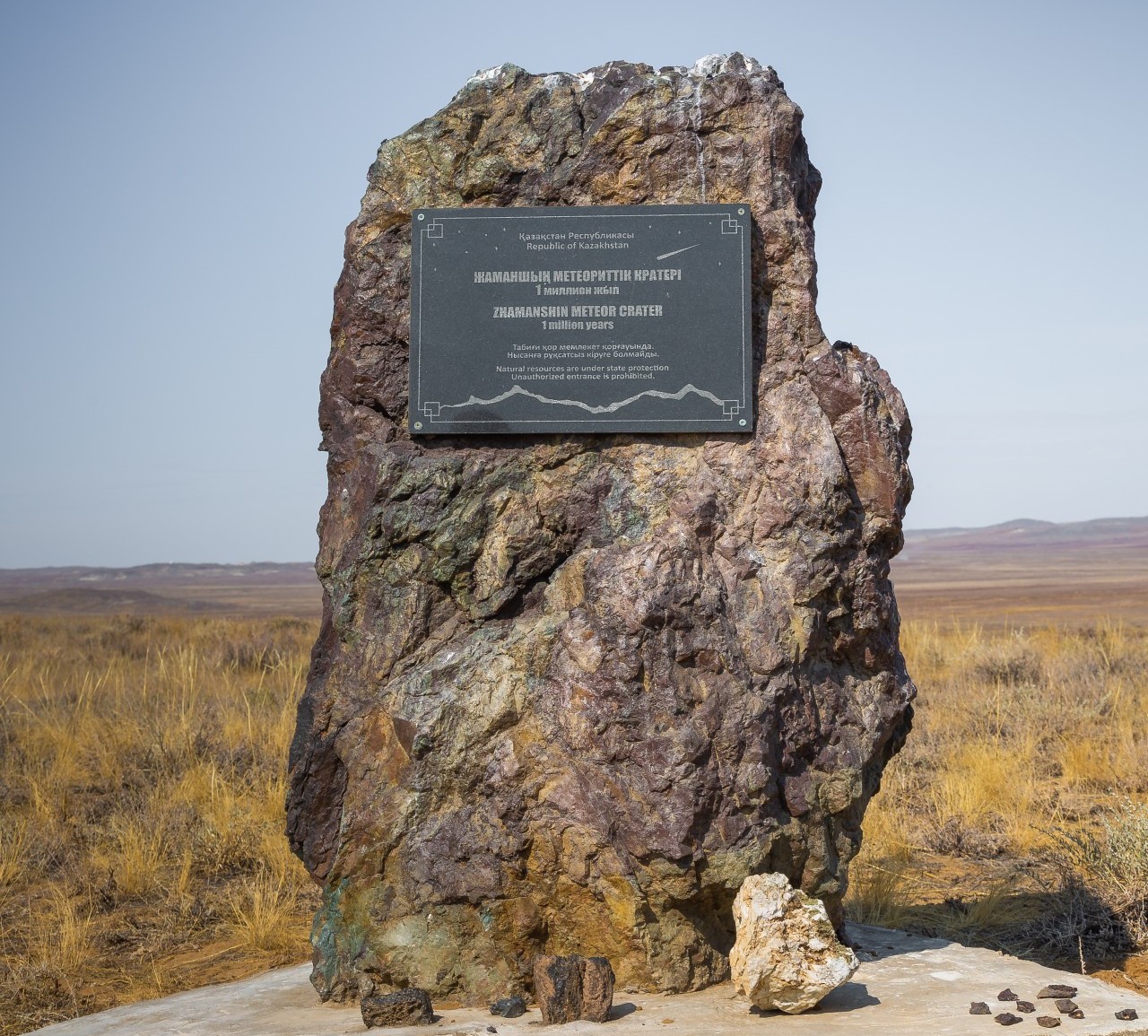
Zhamanshin (kaz. жаманшың — жаман — bad; шың — peak, glassy brittle rock) is an impact crater in the Irgiz district of Aktobe region.
It was in these places that a huge meteorite (possibly an asteroid or a comet nucleus) with a diameter of 200 to 400 meters fell about a million years ago. At the time of the explosion, the ambient temperature in the area of the fall reached 1700 ° C, the meteorite crashed into the planet, warmed up from braking and instantly evaporated. The energy of the explosion was approximately equal to the energy of a million nuclear bombs dropped on Hiroshima - it literally turned over all geological deposits. Gigantic pressure and unimaginable temperature destroyed the surface of the planet. At some point, the earth's crust in a small area of the Aral Sea region became liquid. Waves went through the molten magma in the same way as they come from a stone thrown into the water. The shock wave raised rocks, shifted, overturned layers. This is how the inner shaft of the Zhamanshin crater was formed, a kind of "time machine", a slice of the history of our planet for hundreds of thousands of years. A huge force lifted blocks of stone the size of a house into the air and threw them several kilometers away from the epicenter of the explosion.
The diameter of the crater (together with the shaft), according to the latest data, is about 13 kilometers, and its depth today is about 300 meters. In fact, Zhamanshin is a unique place where you can find fossilized mollusks and corals, as well as, in fact, the first deposit of tektites on Earth – glass-like formations of black or dark green color, about the origin of which scientists have been arguing for more than a century. Be that as it may, but tektites can be considered the most mysterious stones on earth, because chemically they do not resemble any of the well-known terrestrial and extraterrestrial substances. No more than a dozen of their locations are known on the whole earth. According to the structure and composition, the tektites of the Zhamanshin crater are divided into two independent groups: zhamanshinites and irgizites (after the name of the Irgiz river). Irgizites have a higher water content. In addition, they are 10% nickel, and nickel is clearly of unearthly origin. This is the only crater in which tektites and impactites are simultaneously detected. Foamed leschatelerite (quartz glass) and minerals containing trivalent titanium are also found in the crater.
The crater is a nature reserve of the Irgiz district. As a tourist attraction, it is popular with tourists.
-
Location: Irgiz district
-
Coordinates: 48.354583, 60.961797 -
3D-tour: Go

